Membrane Transporter/Ion Channel
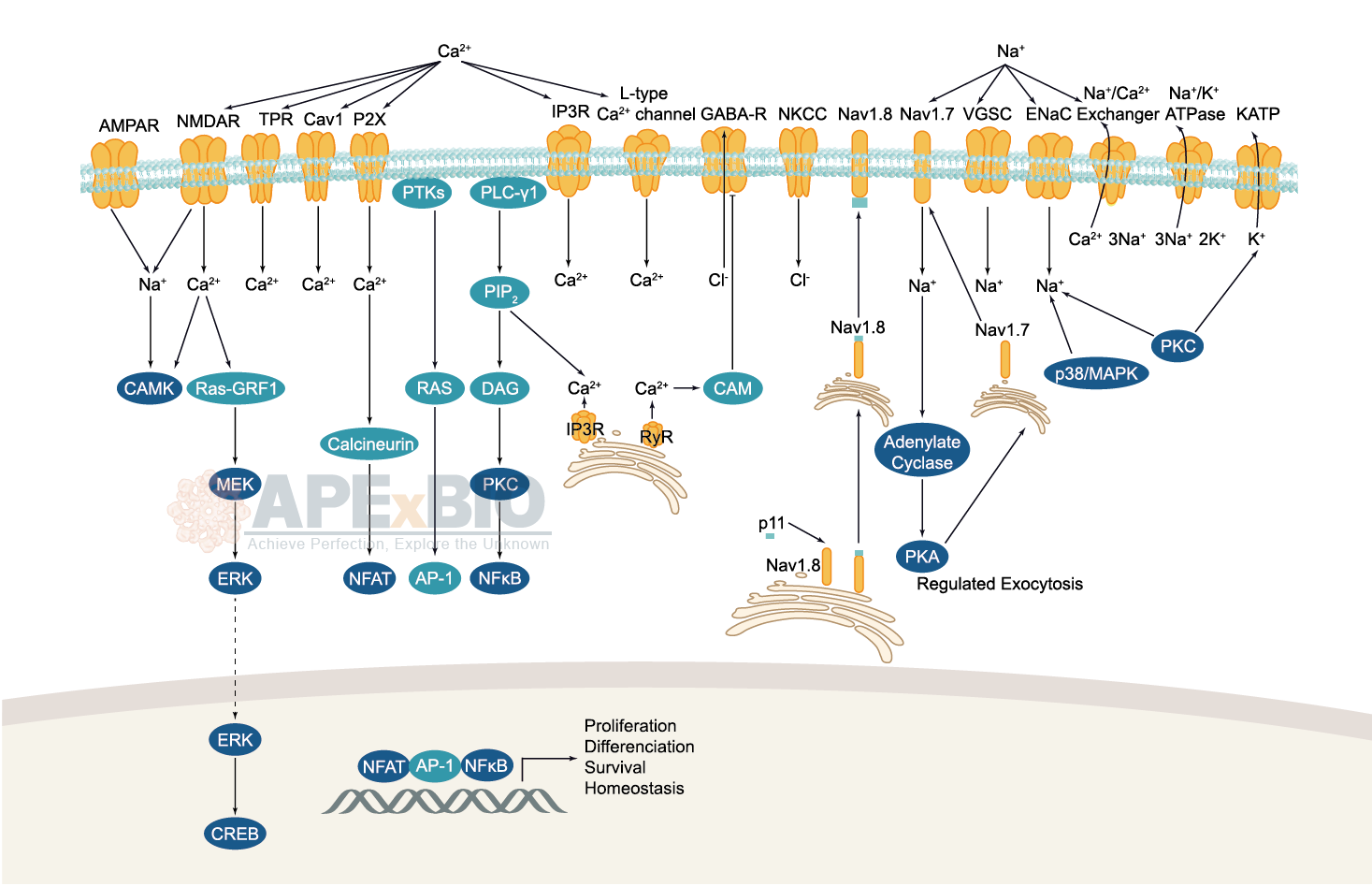
Ion channels are pore-forming membrane proteins which allow the flow of ions across the membrane. The ion channels can be broadly grouped into six families including calcium channels, chloride channels, potassium channels, sodium channels, gap junction proteins and porins. Not all ion channels are gated, such as certain type of K+ and Cl– channels, transient receptor potential superfamily of cation channels, the ryanodine receptors and the IP3 receptors, but most Na+, K+, Ca2+ and some Cl– channels are all gated by voltage. Ligand-gated channels are regulated in response to ligand binding (e.g. neurotransmitters signaling). These ligand-gated neurotransmitter receptors are known as ionotropic receptors. Various neurotransmitters couple to ionotropic receptors such as glutamate, acetylcholine, glycine, GABA, and serotonin.
-
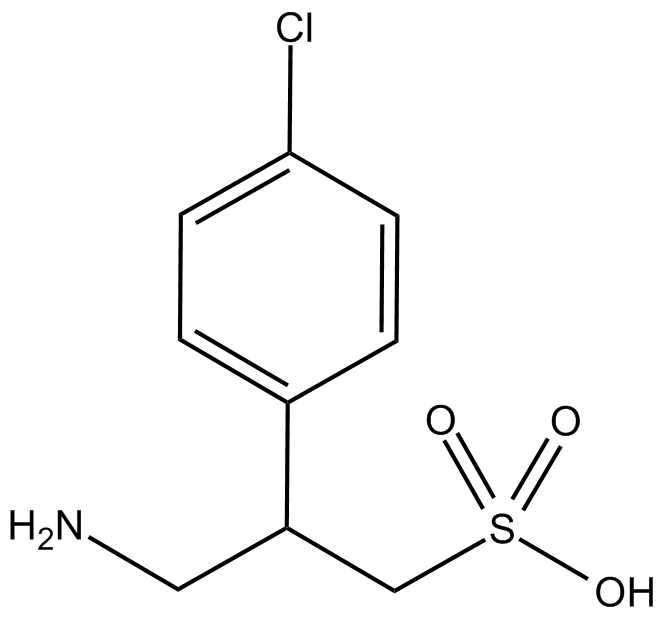 B6235 SaclofenSummary: GABAB receptor antagonist
B6235 SaclofenSummary: GABAB receptor antagonist -
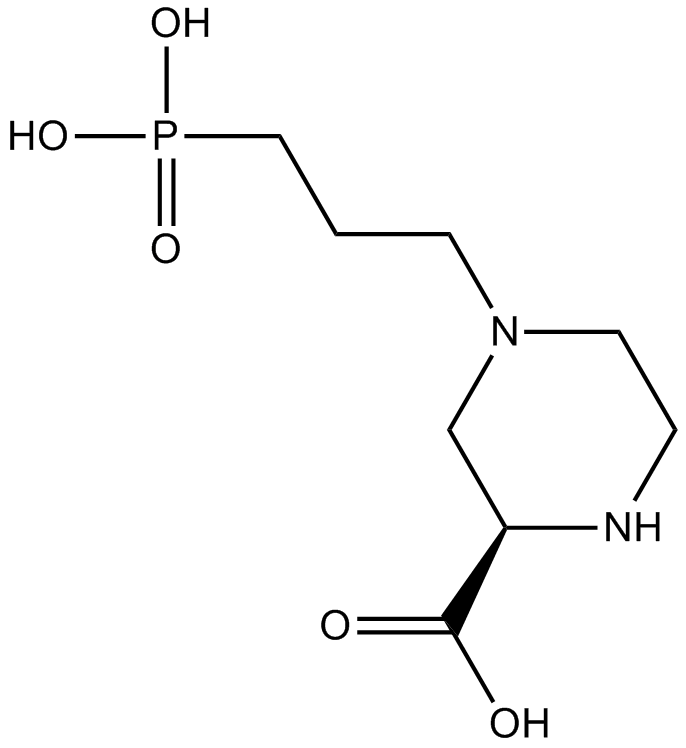 B6236 (R)-CPPSummary: NMDA antagonist
B6236 (R)-CPPSummary: NMDA antagonist -
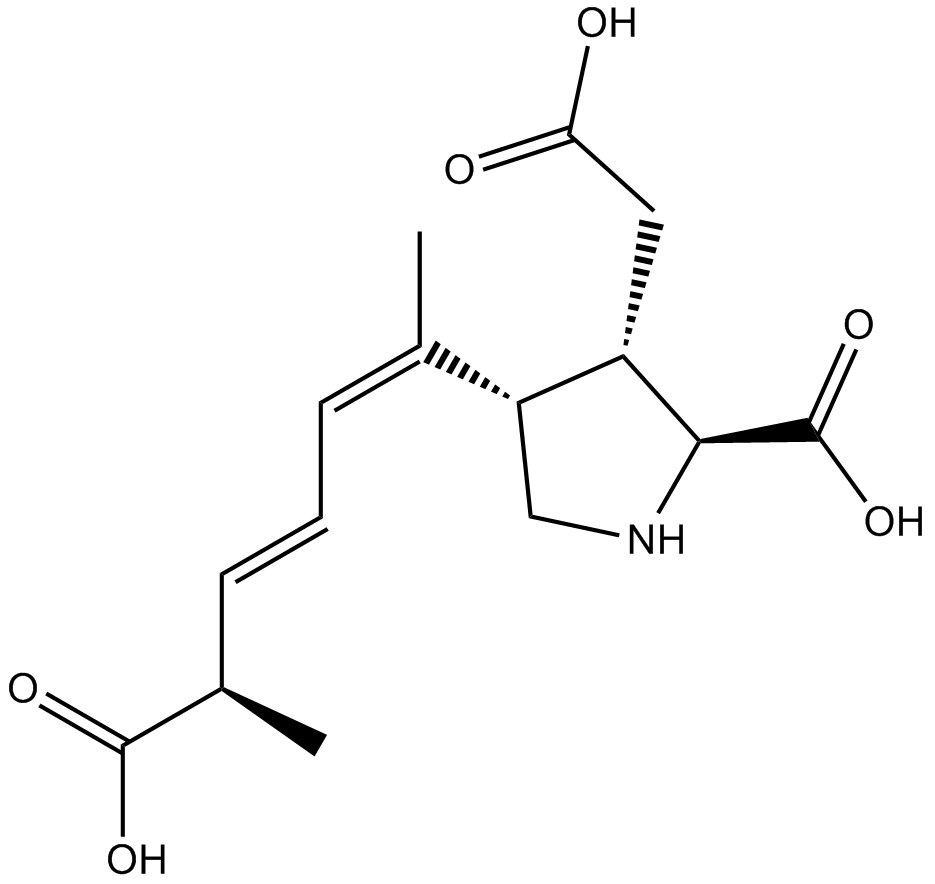 B6241 Domoic acidSummary: kainate receptor agonist
B6241 Domoic acidSummary: kainate receptor agonist -
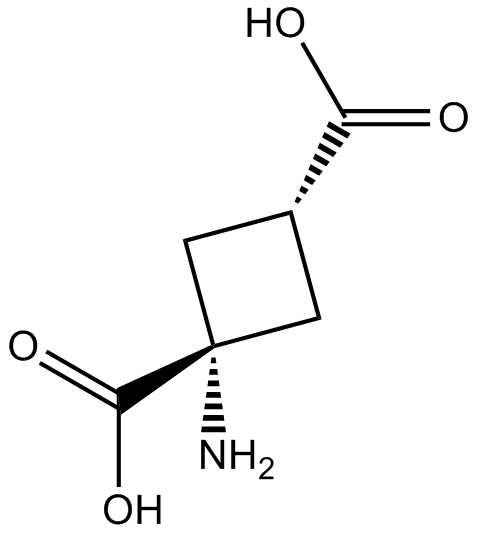 B6242 cis-ACBDSummary: glutamate uptake inhibitor
B6242 cis-ACBDSummary: glutamate uptake inhibitor -
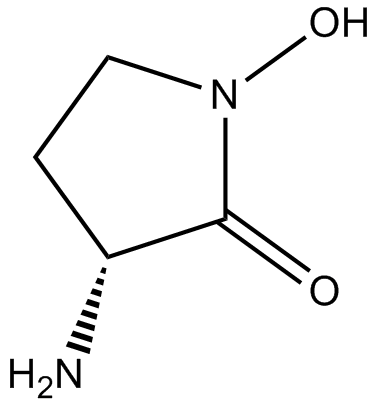 B6243 (R)-(+)-HA-966Summary: NMDA receptor antagonist/partial agonist
B6243 (R)-(+)-HA-966Summary: NMDA receptor antagonist/partial agonist -
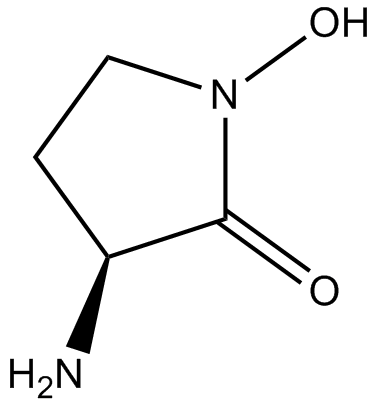 B6244 (S)-(-)-HA-966Summary: NMDA receptor antagonist
B6244 (S)-(-)-HA-966Summary: NMDA receptor antagonist -
 B6247 5,7-Dichlorokynurenic acidSummary: NMDA receptor antagonist
B6247 5,7-Dichlorokynurenic acidSummary: NMDA receptor antagonist -
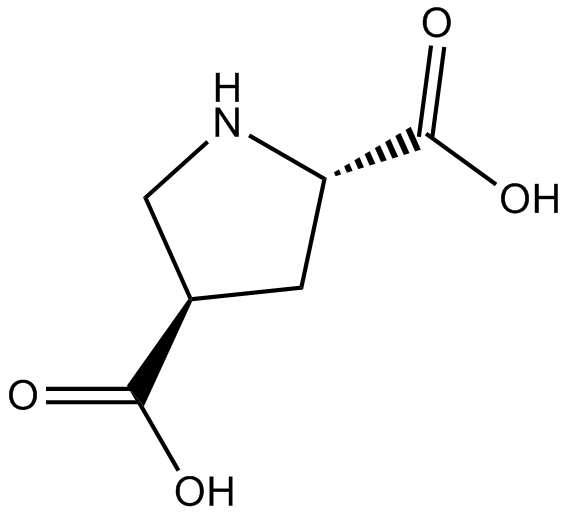 B6250 L-trans-2,4-PDCSummary: EAAT1-4 inhibitor/non-transportable EAAT5 inhibitor
B6250 L-trans-2,4-PDCSummary: EAAT1-4 inhibitor/non-transportable EAAT5 inhibitor -
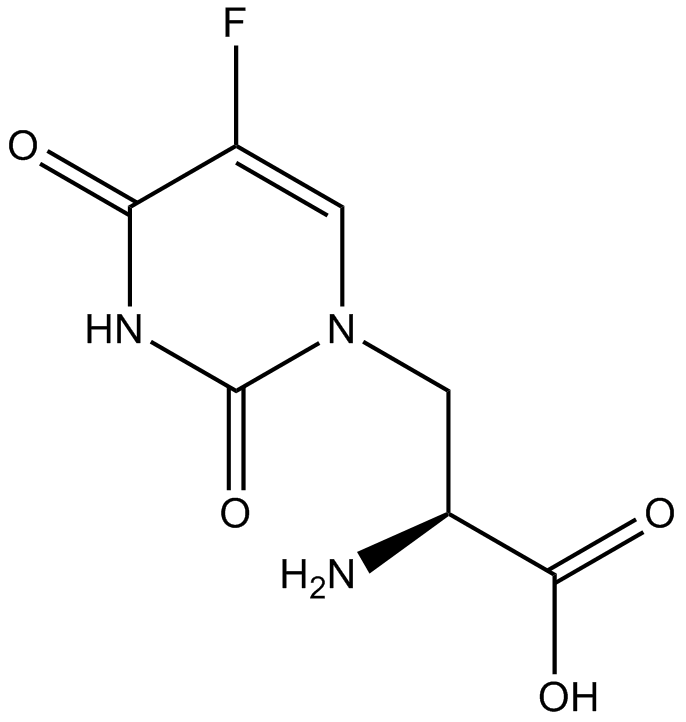 B6251 (S)-(-)-5-FluorowillardiineSummary: AMPA receptor agonist
B6251 (S)-(-)-5-FluorowillardiineSummary: AMPA receptor agonist -
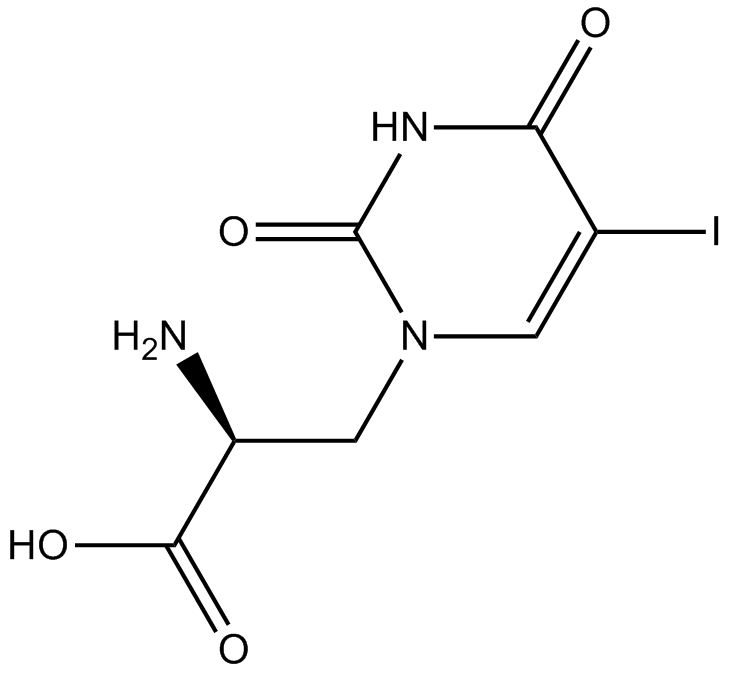 B6252 (S)-(-)-5-IodowillardiineSummary: hGluR5 kainate receptor agonist
B6252 (S)-(-)-5-IodowillardiineSummary: hGluR5 kainate receptor agonist

